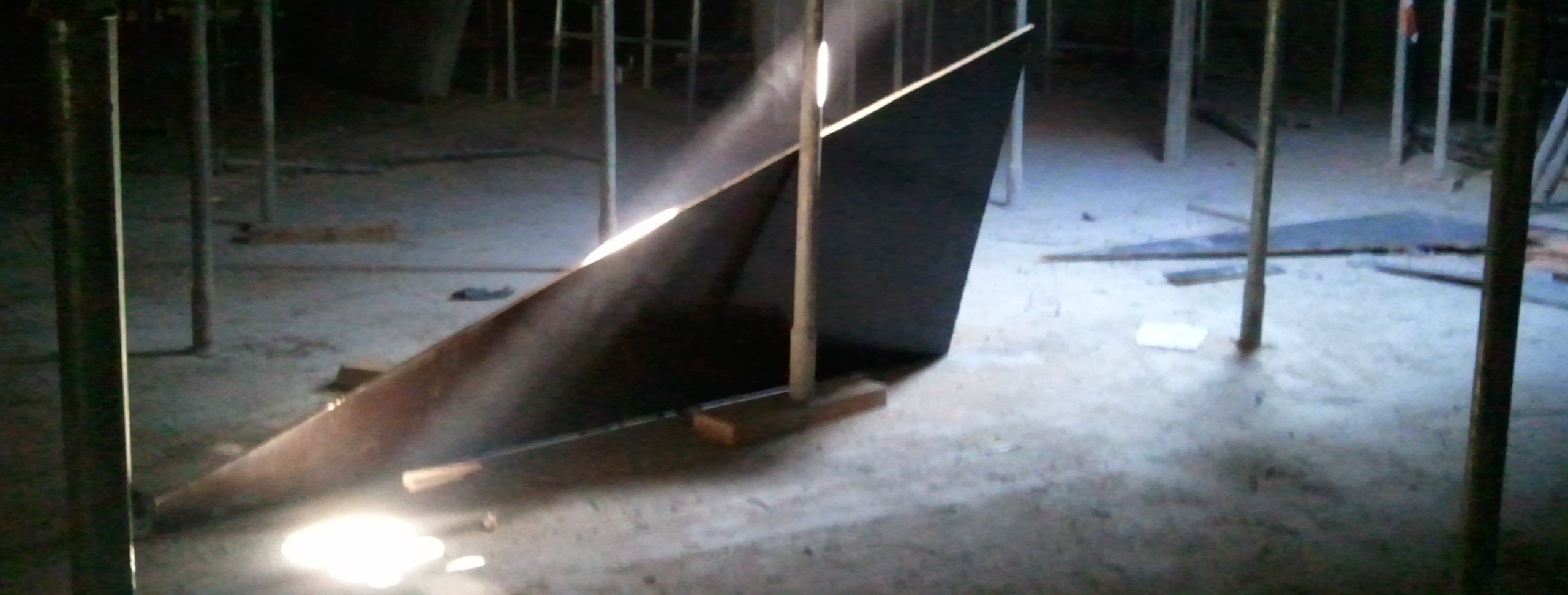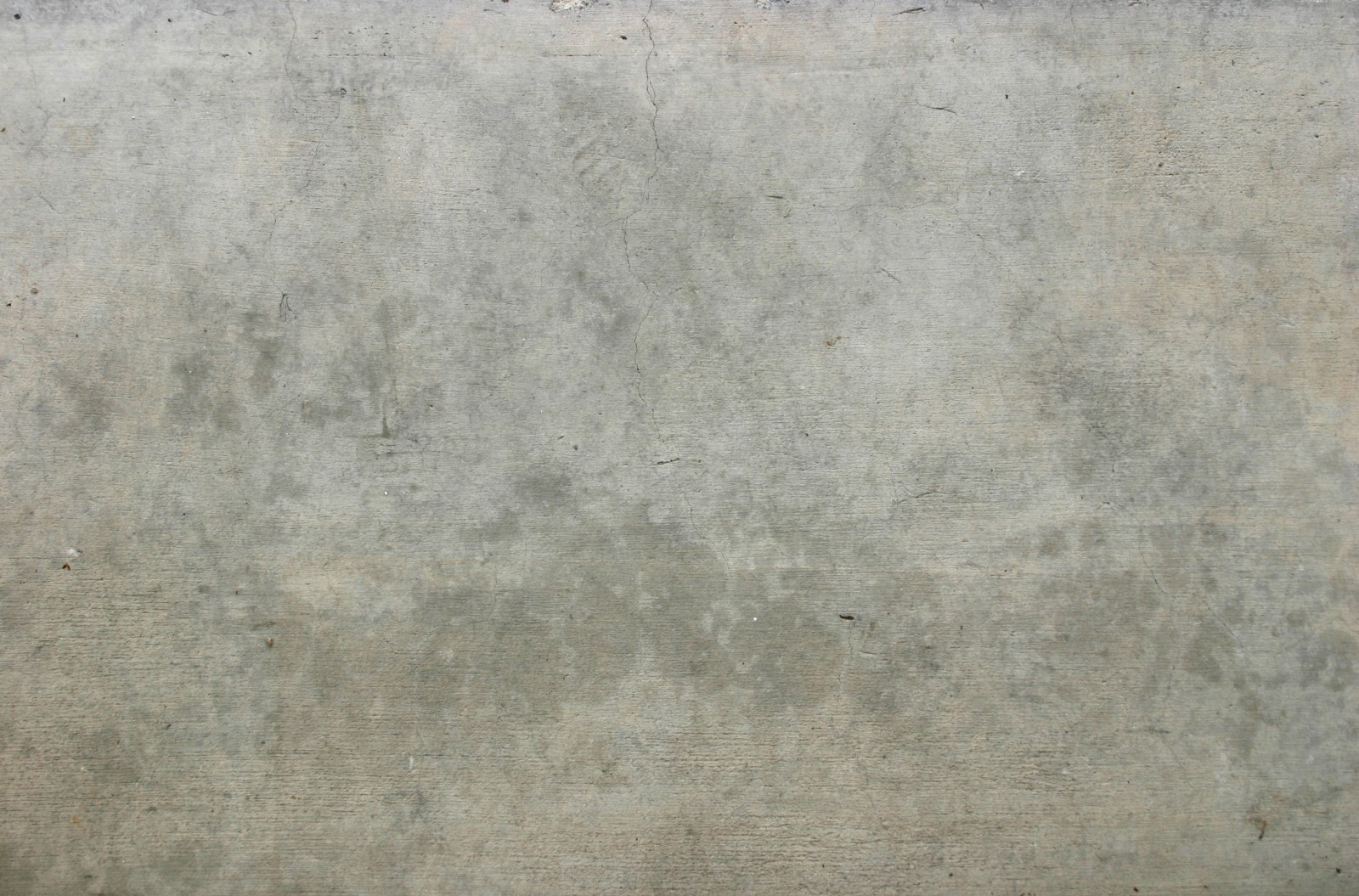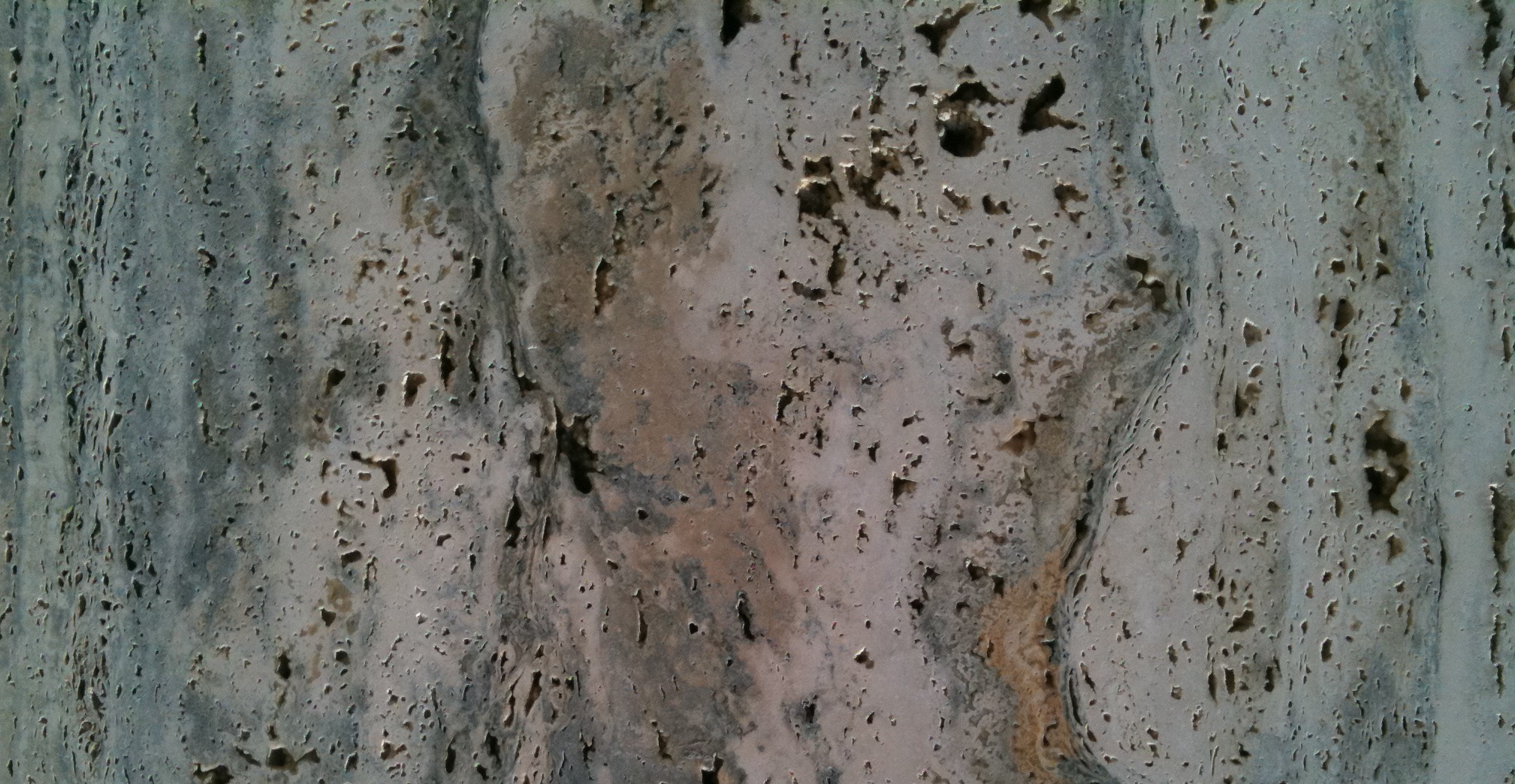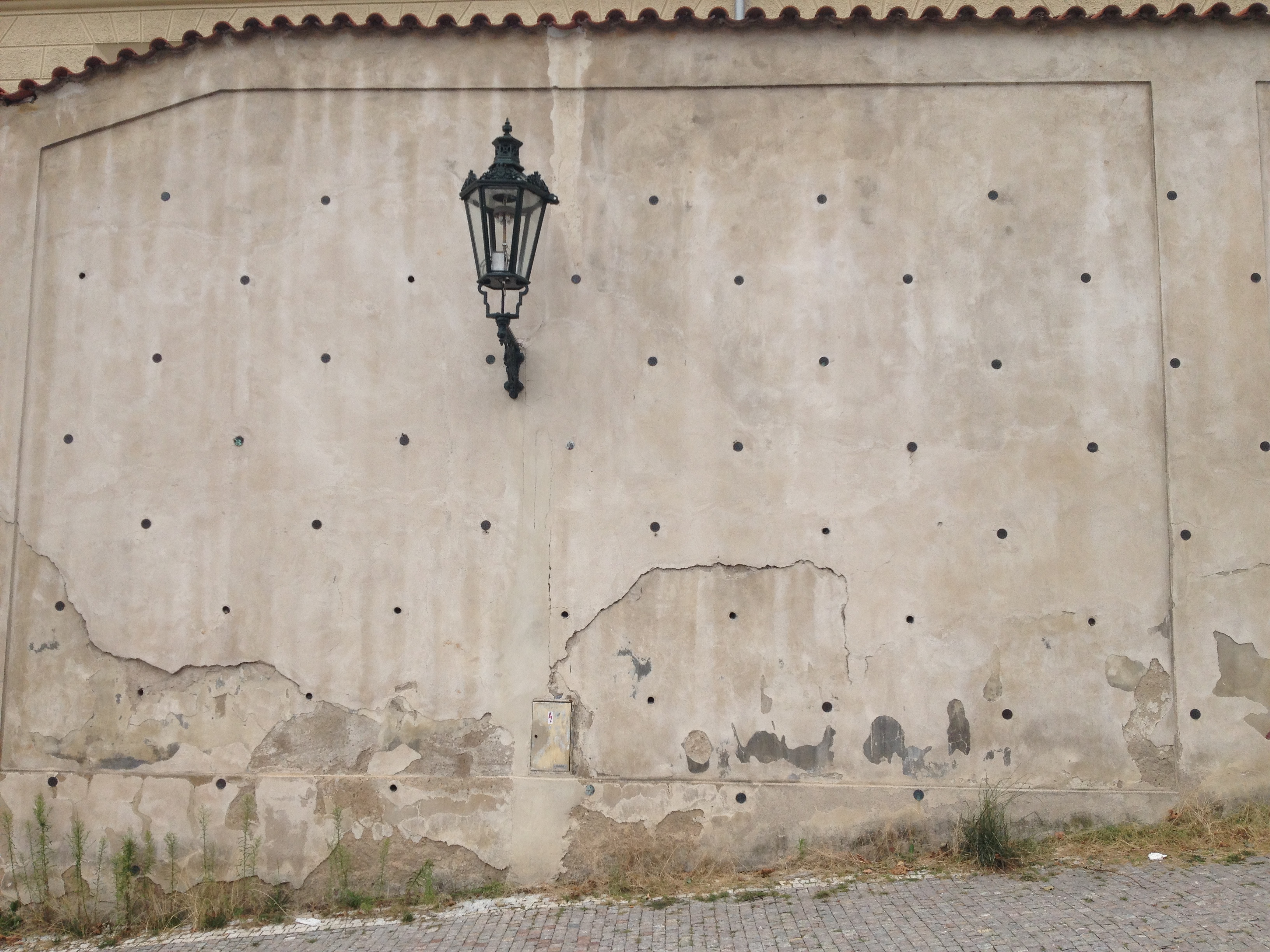· 5 min read
The future of design
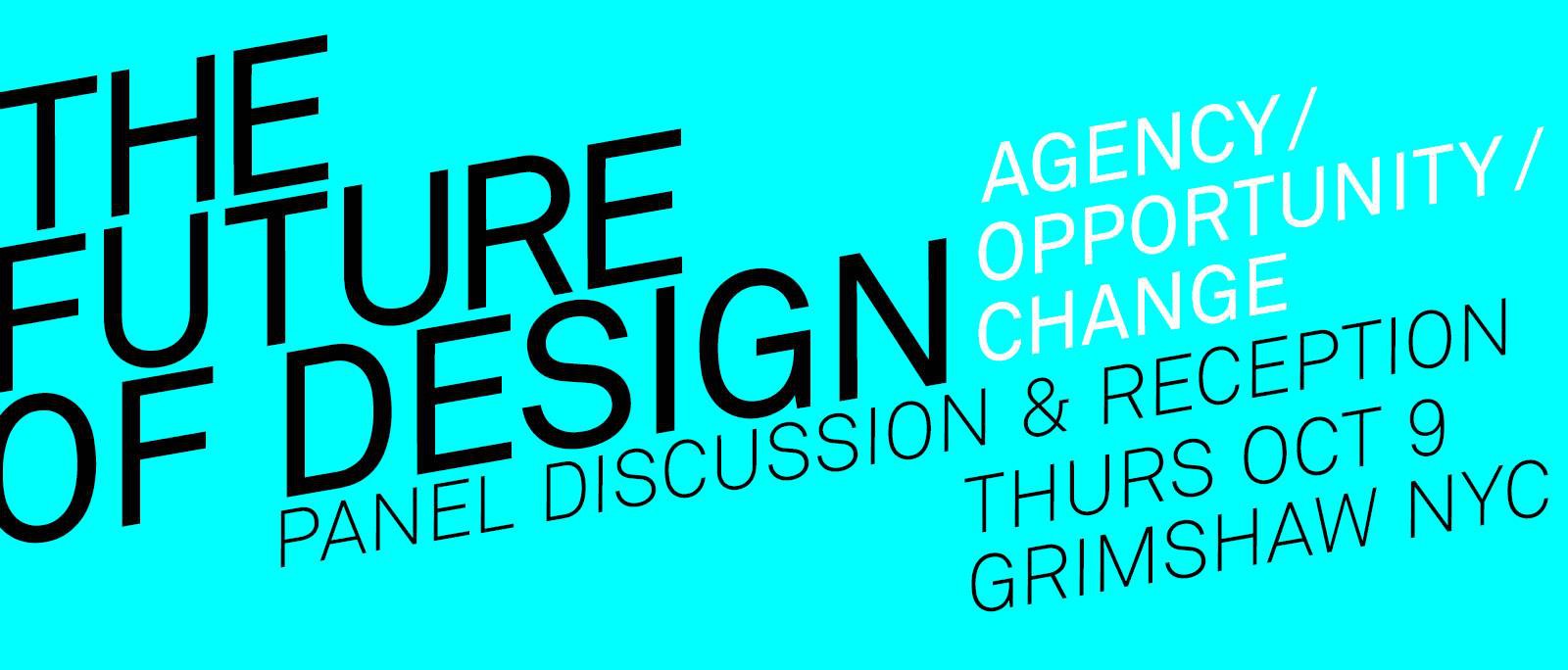
Grimshaw architects NY office hosted a very interesting panel on thursday night about the future of design. Of course, I was there. Of course, I took notes of what was said. Of course, I share them with you today!

David Turnbull - moderator
To open the session, the moderator screened 5 different images to expose leading ideas.
1- the goose and the golden egg
Whatever wealth there is, even if design is great, we always want more, we want better.
2- stadium for Olympic Games in Brazil, where water management issues were faced
The real issue of the future is not the availability of resources but the governance of such resources.
3- 19th century weapon
The weapon was designed to produce as less dead people as possible, and to need as less soldiers as possible; but happened to be used otherwise.
4- kickboxing girls fight
Women are the future. Secondary education for girls will make more difference in the 21st century world that any technological device ever did before.
Also, the future of design is a force at play: physical but also social ones. Designers need to engage those forces equally.
5- protected and masked worker pouring poisonous chemical in a tank
How much poison is there surrounding us? A close study of chemicals and products of our everyday life shows that there is poison all around us, with some parts found in the body.
Anne Guiney
The writer, researcher and project developer talked about the reawakening of belief in civic participation. The future is not necessarily technological or beautiful but it definitely involves communities.
She then presented a few of her recent works.
By the city / For the city is a study of the inhabitants’ perception of their neighborhood. The first thing was to get people interested and involved in the study. The goal was then to understand how they see the city, to sense the experimental knowledge they have of their own neighborhood. Crowd sourcing is actually as good as the question asked.

It was amazing how much people got actually involved. This feels like the democratization of public space management but it is also a sign of the retreat of State in the matter. Unfortunately, communities involvement in design of public spaces is hard to scale, as opposed to State actions.
An other one of her projects was a competition addressing vacancy, which has become an ecological issue.
Lastly, Ecologies addiction studied the geography of health. The effects of the neighborhood on its inhabitants’ health are actually greater than we think. Indeed, behaviors are affected by social networks, which might be affected themselves by physical spaces.
The future of design is about connecting people and many fields.
Andrew Revkin
The journalist addressed the future of design with a large and global point of view.
For him, like it or not, we are now designing an entire planet. The situation we are facing today is as complicated as wicked. The differences worldwide are so complex that we only know uncertainties about the future.
Retrofitting and undoing is definitely a big part of the future of design.
But it is hard to design for a future that we don’t know. It is like having kids: do you try to make your kid fit to the future or capable of dealing with the future?
The future of design is not about technology but about distribution. And reeducation is needed for that.
Mitchell Joachim
Mitchell Joachim is cofounder of terreformOne, a research lab gathering many different people. His approach was sort of more practical, as associated to design projects, a few of which he presented.
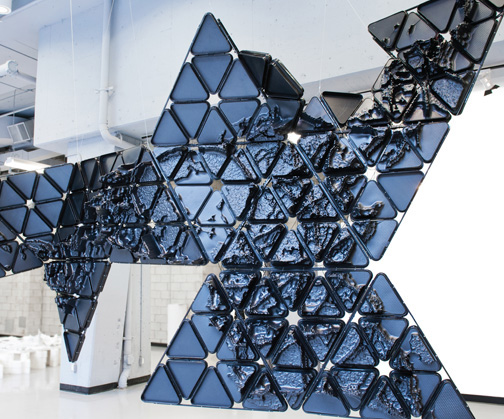
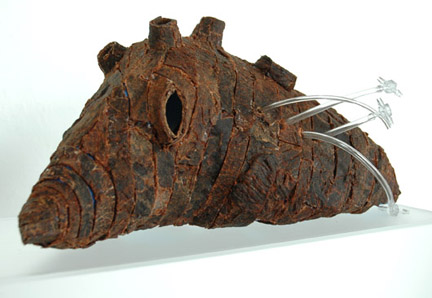
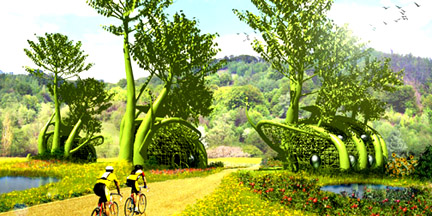
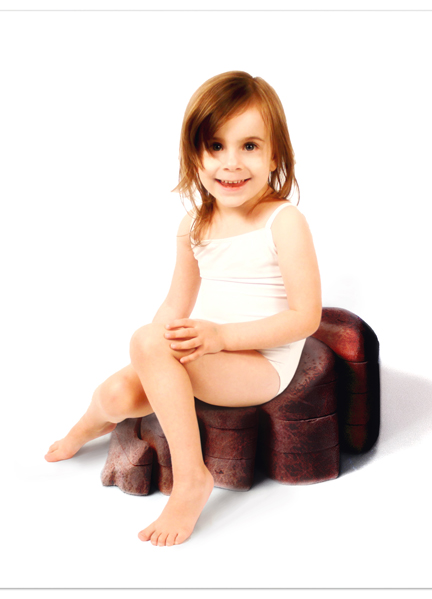
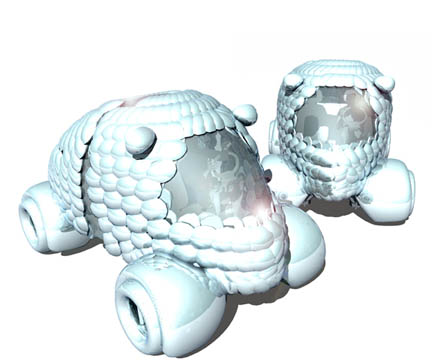
By the way, an additional and specific article about terreformOne work will be posted on this blog very soon.
Panel discussion
Andrew Revkin talked about the communication context in which we are living today. We can be simple neurons passing information or choose to be brains analyzing and making our own ideas about what we read, see, hear. He engaged us for the need to step out.
In an environment changing very quickly, so is our way of designing.
About upcoming ecological disasters, he thinks that havocs usually make you more who you are. New politics are definitely needed to properly face disasters.
To end the discussion, David Turnbull invited designers to lead by example. They can be messengers and design can carry a strong message to society.
